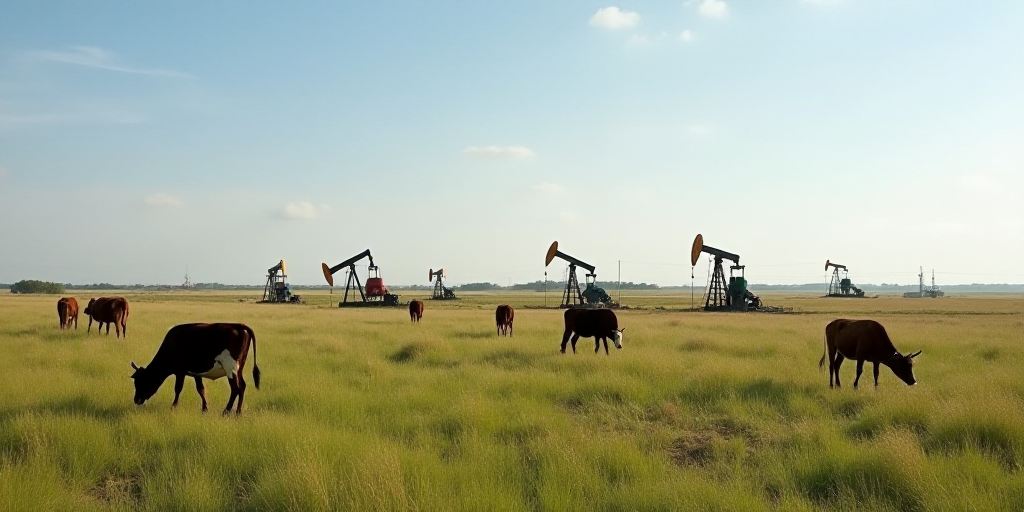Background on Key Figures and Relevance
The recent surge in oil prices can be attributed to the escalating tensions between Russia and Ukraine, with Ukraine targeting Russia’s energy infrastructure. This situation has prompted Moscow to restrict fuel exports, causing a ripple effect in global oil markets.
John Kilduff, a partner at Again Capital, highlighted the market’s focus on Russia-Ukraine relations. Meanwhile, Alexander Novak, Russia’s Deputy Prime Minister, announced a partial ban on diesel exports until year-end and an expansion of the existing gasoline export restrictions. These measures have led to fuel shortages in various Russian regions.
Andrew Lipow, President of Lipow Oil Associates, noted that U.S. government actions also supported the price increase. Former U.S. President Donald Trump has been urging allies to reduce Russian oil imports, potentially leading to decreased imports from countries like India and Turkey.
NATO’s warning regarding potential responses to further violations of its airspace has heightened tensions stemming from the Ukraine conflict, raising expectations of additional sanctions on Russia’s oil industry, according to ANZ analyst Daniel Hynes.
Key Events and Impact
- Ukraine’s Drone Attacks: Ukraine has been conducting drone attacks on Russia’s energy infrastructure, disrupting fuel exports and causing fuel shortages in several Russian regions.
- Russia’s Export Restrictions: In response to the attacks, Russia announced a partial ban on diesel exports until the end of the year and expanded gasoline export restrictions, further exacerbating supply concerns.
- U.S. Pressure on Allies: Former President Donald Trump has been encouraging allies to decrease Russian oil imports, which may result in reduced imports from countries like India and Turkey.
- NATO’s Response Warning: NATO’s warning of potential responses to further airspace violations has increased tensions and raised expectations of additional sanctions on Russia’s oil industry.
Market Reactions and Future Outlook
Oil price increases were observed across the board, with Brent futures rising 71 cents (1.02%) to $70.13 per barrel, while West Texas Intermediate (WTI) crude gained 74 cents (1.14%) to close at $65.72 per barrel.
Despite the price surge, some analysts suggest that stronger-than-expected economic data might prompt the U.S. Federal Reserve to adopt a more cautious approach when considering further interest rate cuts following the recent 25-basis-point reduction, the first since December.
Key Questions and Answers
- What caused the recent rise in oil prices? The surge is primarily due to Ukraine’s drone attacks on Russia’s energy infrastructure, prompting Moscow to restrict fuel exports and causing supply concerns.
- Who are the key figures mentioned in this article? Key figures include John Kilduff from Again Capital, Alexander Novak (Russia’s Deputy Prime Minister), Andrew Lipow (President of Lipow Oil Associates), and former U.S. President Donald Trump.
- How have global tensions impacted oil markets? Escalating tensions between Russia and Ukraine, along with NATO’s warning of potential responses to airspace violations, have heightened expectations of additional sanctions on Russia’s oil industry, contributing to the recent price increase.






